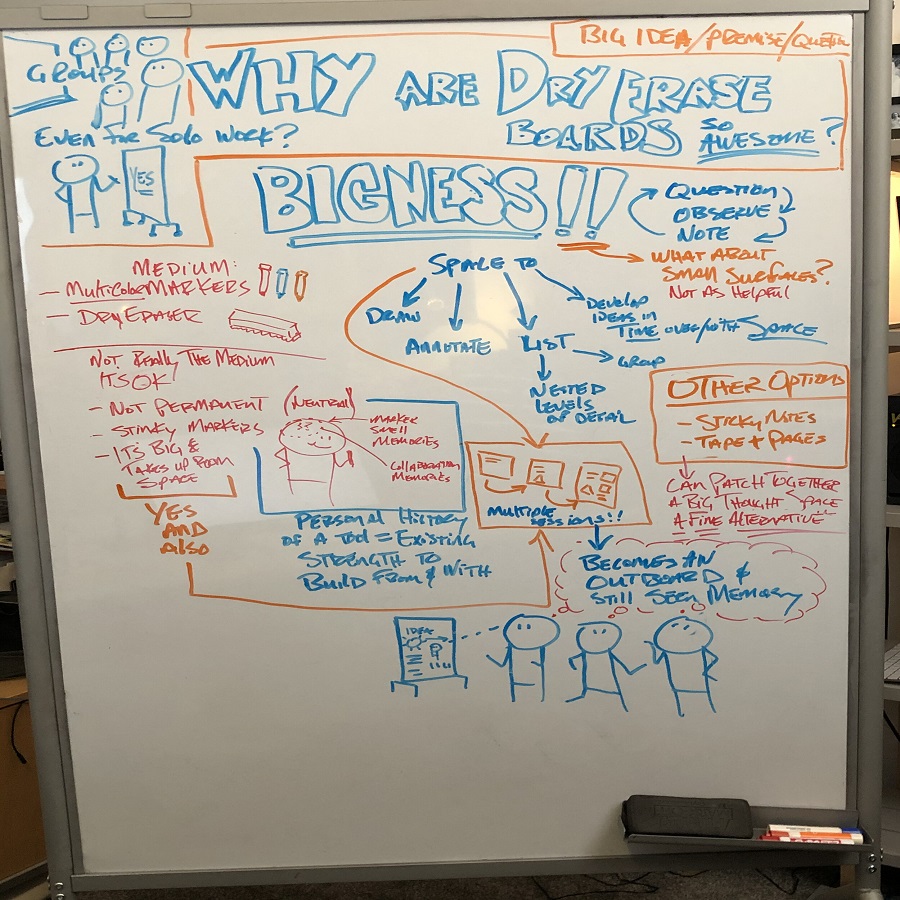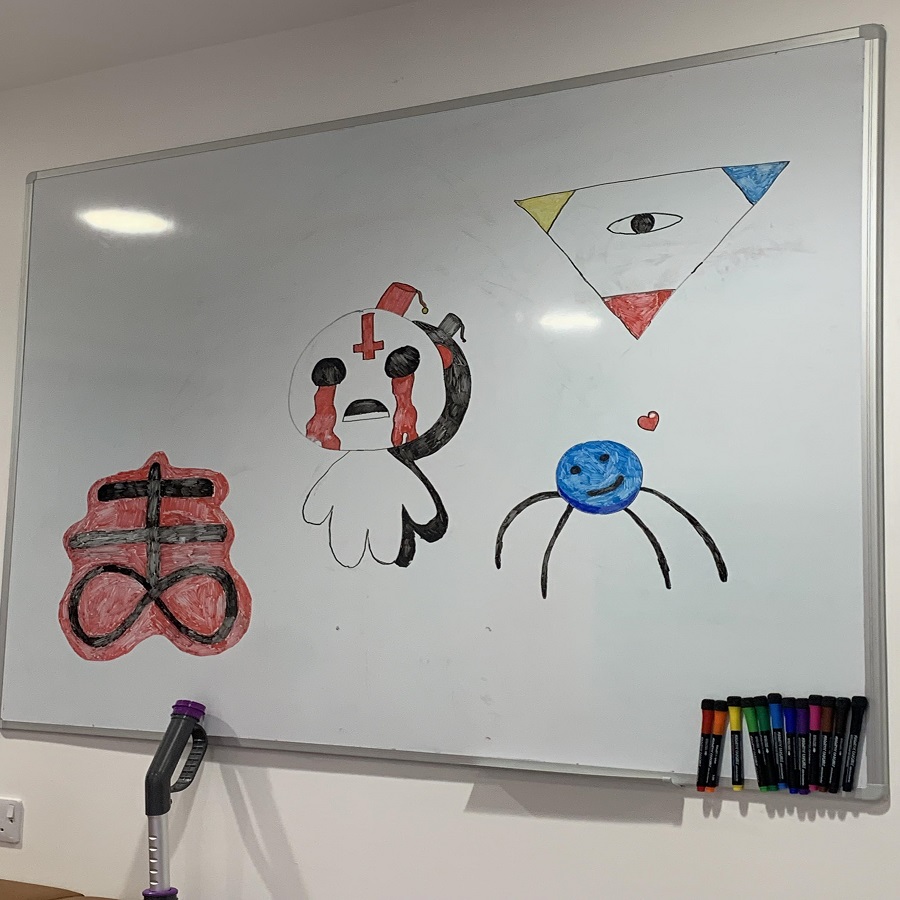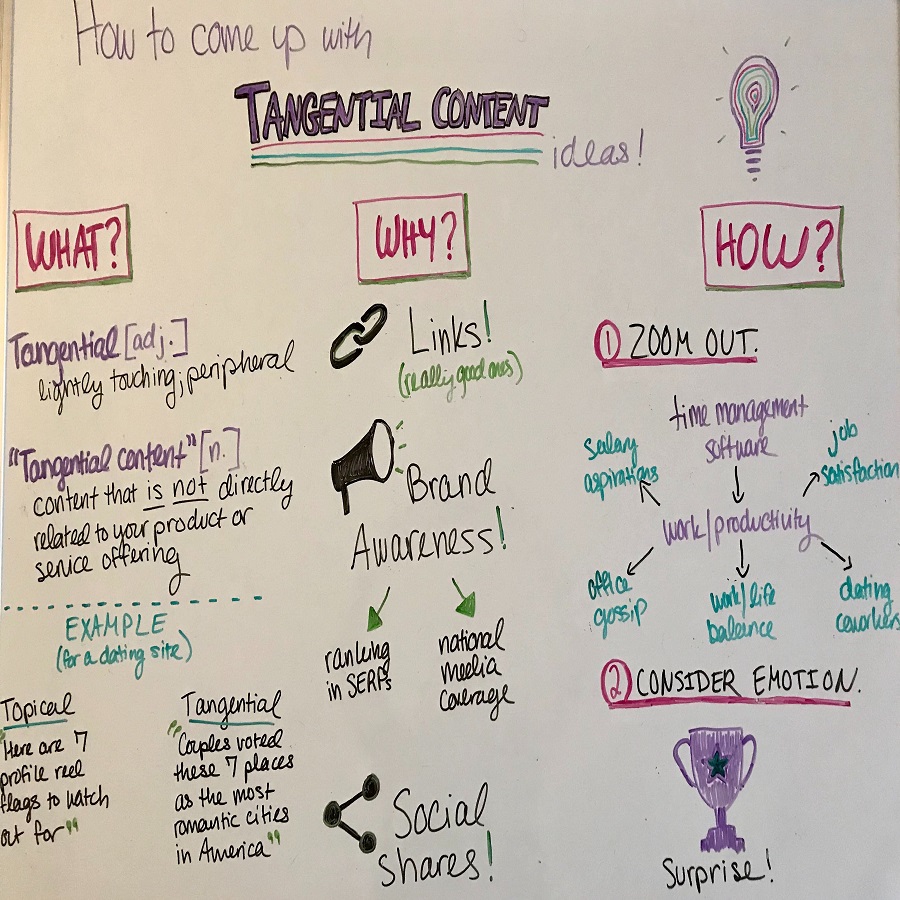Introduction to Whiteboard Collaboration
Whiteboards have long been a staple in collaborative environments, serving as a canvas for ideas, brainstorming sessions, and visual communication. In today’s fast-paced and often remote work settings, the ability to effectively utilize a whiteboard can significantly enhance teamwork and creativity. This article explores ten innovative whiteboard ideas that can transform your collaborative sessions into productive and engaging experiences. Whether you’re in a physical office or a virtual meeting, these strategies will help unleash creativity and foster effective communication among team members.
1. Mind Mapping: Visualizing Connections
What is Mind Mapping?
Mind mapping is a powerful technique that allows teams to visually organize information, ideas, and concepts. By creating a central theme and branching out into subtopics, teams can explore various dimensions of a subject, facilitating deeper understanding and creativity. Mind maps can help identify relationships between ideas, making them an excellent tool for brainstorming sessions.
How to Implement Mind Mapping on a Whiteboard
To create an effective mind map on a whiteboard, start by writing the central idea in the middle of the board. Use different colors for branches to differentiate between main ideas and subpoints. Encourage team members to contribute by adding their thoughts and ideas directly onto the board. This collaborative approach not only stimulates creativity but also promotes inclusivity, ensuring everyone’s voice is heard. As the mind map expands, team members can visualize connections, identify gaps in knowledge, and discover new avenues for exploration.
2. SWOT Analysis: Strategic Planning Made Visual
Understanding SWOT Analysis
SWOT analysis is a strategic planning tool that helps teams assess their strengths, weaknesses, opportunities, and threats. By visually laying out these elements on a whiteboard, teams can gain a comprehensive understanding of their current position and develop strategies for moving forward. This approach encourages a holistic view of challenges and opportunities, enabling informed decision-making.
Conducting a SWOT Analysis on a Whiteboard
To conduct a SWOT analysis, divide the whiteboard into four quadrants labeled Strengths, Weaknesses, Opportunities, and Threats. Facilitate a discussion where team members can contribute their insights to each category. Encourage open dialogue and critical thinking as the team evaluates their internal strengths and weaknesses while identifying external opportunities and threats. This visual representation allows for easier comparison and analysis, ultimately leading to more strategic planning and alignment within the team.

3. Kanban Boards: Streamlining Workflow
What is a Kanban Board?
Kanban boards are a visual management tool used to streamline workflow and enhance productivity. Originating from the Japanese manufacturing process, Kanban focuses on visualizing tasks, limiting work in progress, and optimizing flow. By using a whiteboard as a Kanban board, teams can monitor their tasks and projects in real time, promoting accountability and transparency.
Setting Up a Kanban Board on a Whiteboard
To create a Kanban board, divide the whiteboard into columns representing different stages of the workflow, such as “To Do,” “In Progress,” and “Completed.” Use sticky notes or index cards for each task, allowing team members to move them across the board as they progress. This dynamic approach encourages collaboration and provides a clear overview of the team’s workload. Regularly reviewing and updating the Kanban board in team meetings can help identify bottlenecks and areas for improvement, fostering continuous growth and efficiency.
4. Role-Playing Scenarios: Enhancing Problem-Solving Skills
The Power of Role-Playing
Role-playing is a creative technique that can enhance problem-solving skills and team dynamics. By stepping into different roles, team members can explore various perspectives and brainstorm solutions to challenges. This method encourages empathy, active listening, and collaborative thinking, making it a valuable addition to any brainstorming session.
Implementing Role-Playing on a Whiteboard
To incorporate role-playing into a whiteboard session, outline a scenario or challenge that the team is facing. Assign roles to different team members, encouraging them to act out their characters and share their insights. Use the whiteboard to capture key points and potential solutions that emerge during the role-playing exercise. This interactive approach not only stimulates creativity but also helps team members understand different viewpoints, fostering a collaborative environment where innovative solutions can thrive.

5. Brainstorming Sessions: Free Thinking and Idea Generation
The Importance of Brainstorming
Brainstorming is a fundamental practice for idea generation and creative thinking. It allows teams to explore a wide range of possibilities without the constraints of judgment or criticism. Utilizing a whiteboard during brainstorming sessions can enhance the process, providing a visual platform for capturing and organizing ideas.
Conducting a Successful Brainstorming Session on a Whiteboard
To facilitate a productive brainstorming session, establish clear guidelines, such as encouraging wild ideas and deferring judgment. Use the whiteboard to write down every idea that comes up, regardless of feasibility. Encourage team members to build on each other’s ideas, creating a collaborative atmosphere that promotes creativity. After the session, review the ideas and categorize them into actionable steps, ensuring that the best concepts are prioritized and developed further.
6. Flowcharts: Mapping Processes and Workflows
Understanding Flowcharts
Flowcharts are diagrams that represent processes, workflows, and decision points. They are useful for visualizing complex systems and can help teams identify inefficiencies and areas for improvement. Using a whiteboard for flowchart creation fosters collaboration, as team members can contribute their insights and suggestions in real time.
Creating a Flowchart on a Whiteboard
To create a flowchart on a whiteboard, start by defining the process you want to map out. Use shapes such as ovals for start and end points, rectangles for tasks, and diamonds for decision points. Encourage team members to participate by adding their ideas and feedback as you build the flowchart together. This collaborative approach not only enhances understanding of the process but also identifies potential bottlenecks and areas for optimization.
7. Visual Storytelling: Engaging Presentations
The Power of Visual Storytelling
Visual storytelling is an effective way to communicate ideas and concepts through imagery and design. By incorporating visual elements into presentations, teams can engage their audience more effectively and convey complex information in an easily digestible format. Using a whiteboard for visual storytelling encourages creativity and collaboration among team members.
Crafting a Visual Story on a Whiteboard
To create a visual story on a whiteboard, start by outlining the key points you want to communicate. Use illustrations, diagrams, and symbols to represent your ideas visually. Encourage team members to contribute their own visuals and perspectives, creating a richer narrative. This collaborative effort not only enhances creativity but also fosters a sense of ownership among team members, making the presentation more impactful and memorable.

8. Gamification: Making Collaboration Fun
The Benefits of Gamification
Gamification involves applying game-design elements in non-game contexts to enhance engagement and motivation. Incorporating gamification into whiteboard activities can make collaboration more enjoyable and effective. This approach encourages friendly competition, creativity, and teamwork, transforming routine meetings into engaging experiences.
Implementing Gamification on a Whiteboard
To incorporate gamification into your whiteboard sessions, consider creating challenges or competitions related to your objectives. For example, you could set a time limit for brainstorming ideas, awarding points for the most innovative concepts. Use the whiteboard to track scores and progress, celebrating achievements along the way. This playful approach not only fosters creativity but also strengthens team dynamics, making collaboration a more enjoyable experience.
9. Visual Summaries: Capturing Key Insights
The Importance of Visual Summaries
Visual summaries are concise representations of key insights and takeaways from discussions or brainstorming sessions. They help teams quickly recall important points and action items, ensuring that nothing is overlooked. Using a whiteboard for visual summaries encourages collaboration, as team members can contribute their perspectives and insights.
Creating Visual Summaries on a Whiteboard
To create a visual summary on a whiteboard, start by capturing the main points discussed during the session. Use bullet points, diagrams, and icons to represent the information visually. Encourage team members to add their thoughts and clarifications to ensure that the summary accurately reflects the discussion. This collaborative effort not only reinforces understanding but also creates a valuable reference for future meetings and decision-making processes.
10. Feedback Loops: Continuous Improvement
The Importance of Feedback Loops
Feedback loops are essential for continuous improvement and team growth. They allow teams to reflect on their performance, identify areas for development, and implement changes based on collective insights. Utilizing a whiteboard for feedback sessions fosters open communication and collaboration, ensuring that all voices are heard.
Conducting Feedback Sessions on a Whiteboard
To facilitate a feedback session on a whiteboard, create a space for team members to share their thoughts and observations. Encourage a culture of constructive feedback, where team members can openly discuss what worked well and what could be improved. Use the whiteboard to capture key points and action items, ensuring that the team has a clear plan for moving forward. This process not only enhances team performance but also promotes a culture of accountability and growth.
Conclusion: Embracing Innovative Whiteboard Ideas
Incorporating innovative whiteboard ideas into your collaborative sessions can significantly enhance creativity, communication, and productivity. From mind mapping and SWOT analysis to gamification and visual storytelling, these techniques offer diverse ways to engage team members and stimulate creative thinking. By embracing these strategies, teams can create an environment where collaboration thrives, leading to more effective problem-solving and innovative solutions. As you explore these ideas, remember that the ultimate goal is to foster a culture of creativity and teamwork that drives success in your organization.


